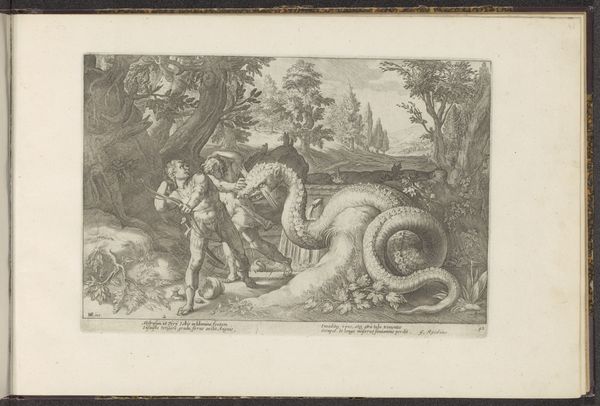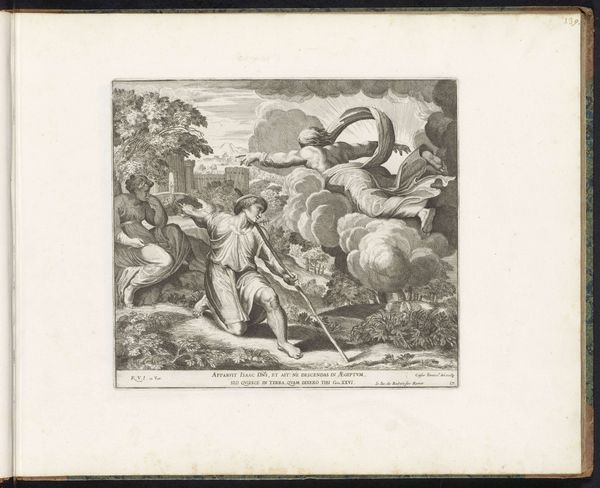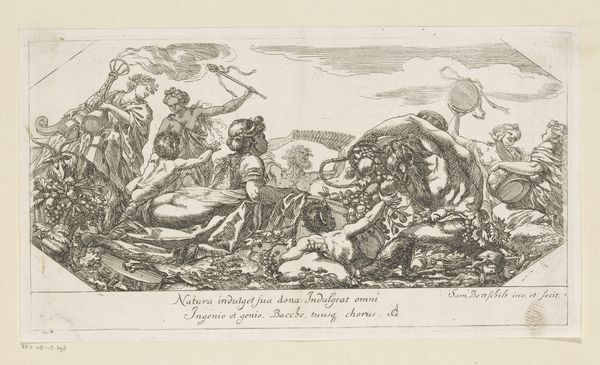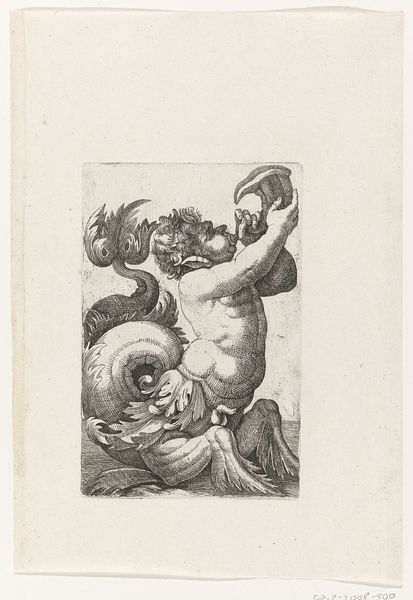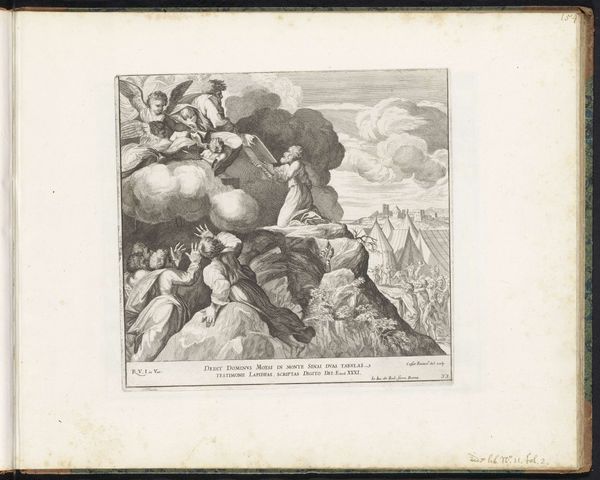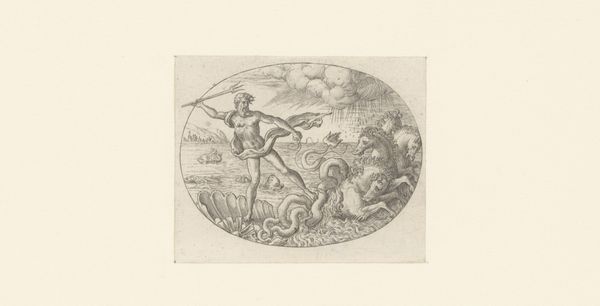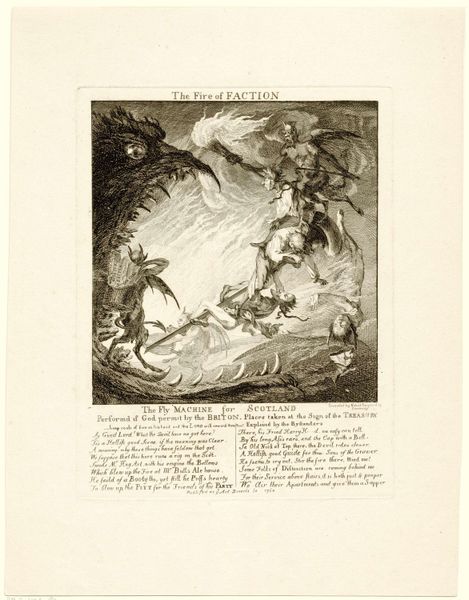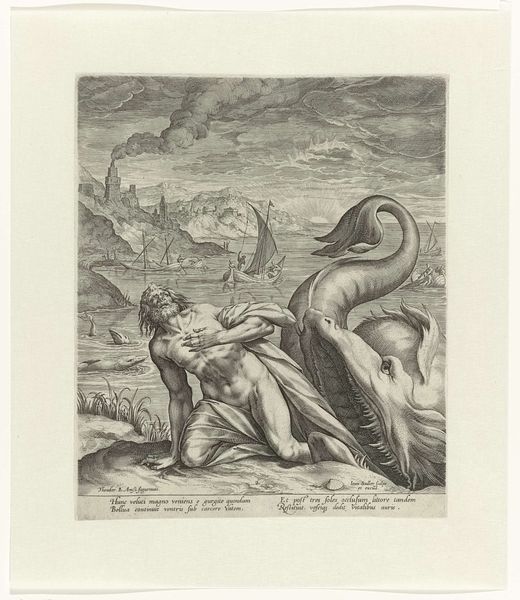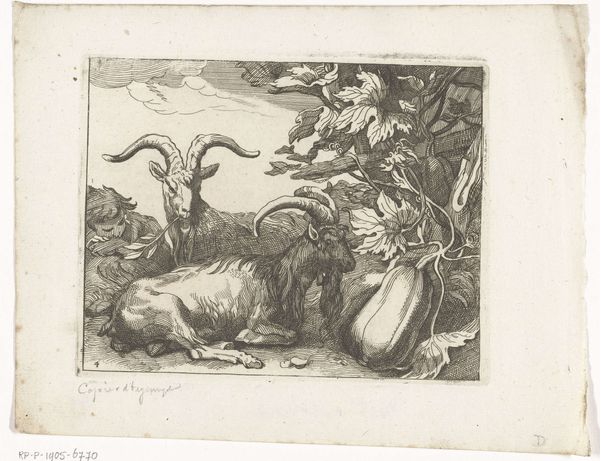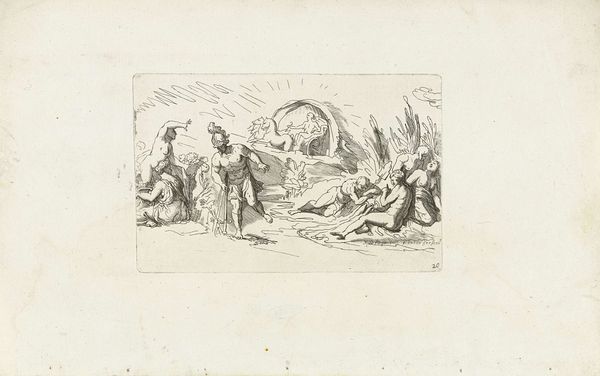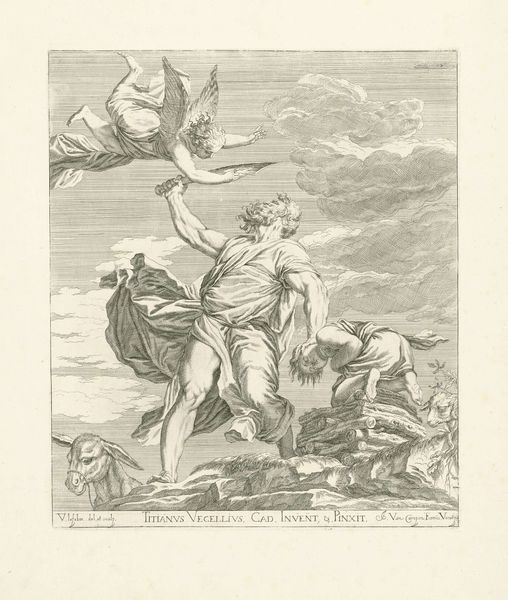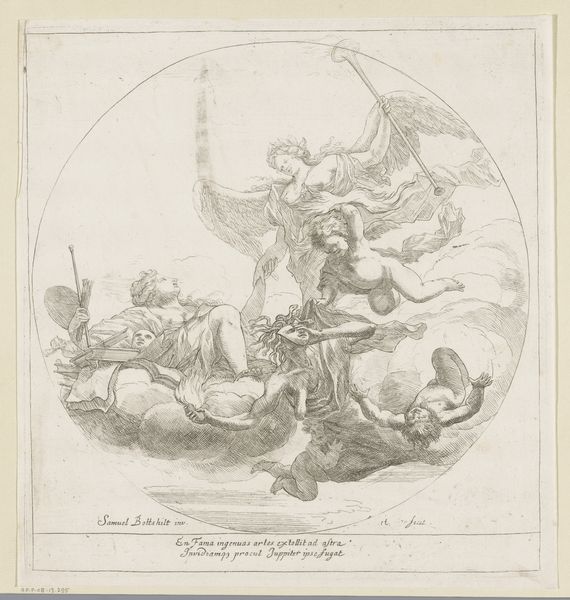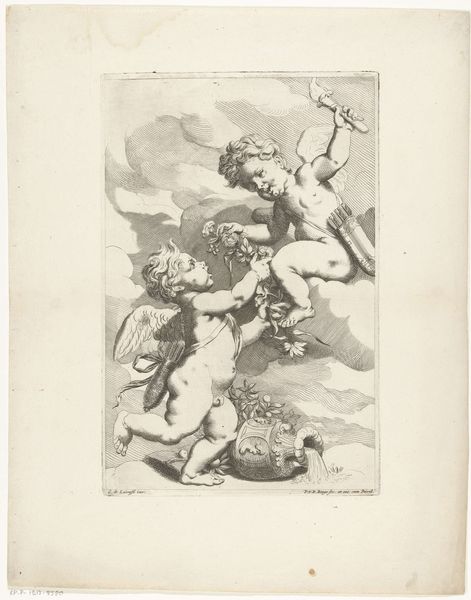
print, etching, engraving
#
allegory
#
narrative-art
# print
#
etching
#
figuration
#
romanticism
#
history-painting
#
engraving
Dimensions: height 315 mm, width 425 mm
Copyright: Rijks Museum: Open Domain
Editor: So, this is Bartolomeo Pinelli's "Dream of Hannibal," created in 1818 using etching and engraving. The contrast in shading is striking! What grabs you when you look at this piece? Curator: The *means* of production, immediately. Engraving and etching in the 19th century weren't just about artistic expression; they were deeply embedded in the burgeoning print culture and the distribution of ideas. Pinelli chose printmaking, enabling dissemination to a wide, if still relatively privileged, audience. Consider, who had access to the materials and tools required for these practices? Editor: That's fascinating! I hadn’t thought about it that way. So the choice of printmaking itself speaks to its intended audience and purpose. Curator: Precisely. Moreover, reflect on the historical context: Romanticism was in full swing, celebrating individual genius, yet this print – multiple originals, in essence – democratizes the artistic experience, in a way. The labor involved in creating the copper plate is itself part of the artwork's story. What kind of labor does this reveal to you? Editor: Manual, definitely. Precise. It must have taken a tremendous amount of time. So, we’re looking at a confluence of artistic skill and a particular moment in production and consumption of images. Do you think that changes our understanding of the narrative— Hannibal and his vision? Curator: It should! The heroic narrative intersects with the socio-economic reality of its creation and reception. This isn't just about Hannibal's dream; it's about the *material conditions* that made its representation and widespread circulation possible. How do you think mass reproducibility changes art appreciation in 1818? Editor: I never thought of art's means of production as crucial to its interpretation. That shifts my perspective a great deal. Curator: Good, now we see it not as rarefied vision, but active industry!
Comments
No comments
Be the first to comment and join the conversation on the ultimate creative platform.
